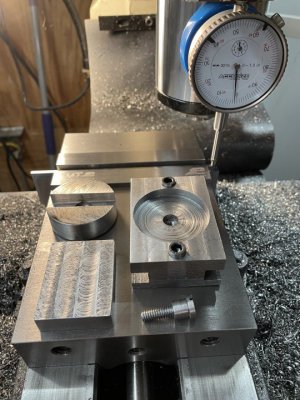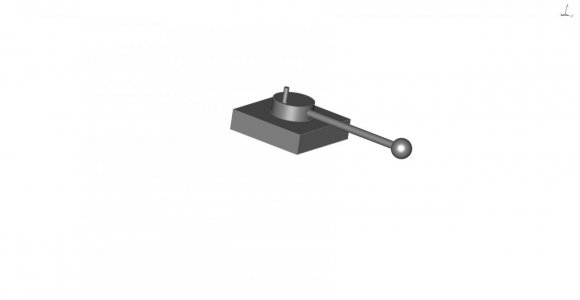Hi All
I want to research how to make a certain type of mechanical connection. I don't know the nomenclature but basically it's the concept of a rod or cylinder in a hole/bore that turns on its axis. In the provided pic you can see a previous, disassembled radius turning jig I had made using the above concept. (I use the Jim Sehr design now.) I have two jigs I want to make. One being my Jim Sehr ball turner because my connection at the turning part slightly wobbles so I want to remake it better. In my method a screw underneath the jig pulls together the male round part into the female round part. However, if I want the two pieces snug and tight then I need to tighten the screw, but if I do then the male piece turns with greater difficulty/resistance in the female piece. On another jig I will be making a horizontal connection of this type.
So how do I make these connections fast without increasing the resistance to turning? I'm sure bearings will come into play but I can never wrap my head around how they connect in. As usual, any and all help/advice is greatly appreciated.
I want to research how to make a certain type of mechanical connection. I don't know the nomenclature but basically it's the concept of a rod or cylinder in a hole/bore that turns on its axis. In the provided pic you can see a previous, disassembled radius turning jig I had made using the above concept. (I use the Jim Sehr design now.) I have two jigs I want to make. One being my Jim Sehr ball turner because my connection at the turning part slightly wobbles so I want to remake it better. In my method a screw underneath the jig pulls together the male round part into the female round part. However, if I want the two pieces snug and tight then I need to tighten the screw, but if I do then the male piece turns with greater difficulty/resistance in the female piece. On another jig I will be making a horizontal connection of this type.
So how do I make these connections fast without increasing the resistance to turning? I'm sure bearings will come into play but I can never wrap my head around how they connect in. As usual, any and all help/advice is greatly appreciated.




